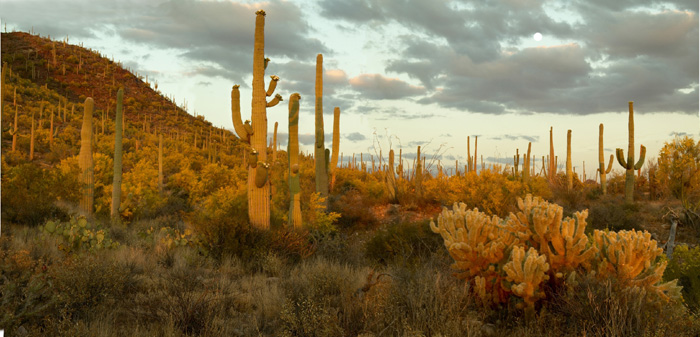










HOOT HOLLOW GOES WEST! That's how we termed our first foray off-site to conduct our exciting Digital CNPC that we've conducted here at Hoot Hollow East (our base in McClure, Pa.) for the last several years. Although we anticipated having a great course/class and shooting opportunity, we still had some jitters -- as we prepared 2000 miles away from the teaching destination.
Well, the course was a spectacular success, and both the participants and ourselves had a wonderful time. So much so, that we're going to be offering TWO D-CNPC's in 2006. Dates for 2006 are now set, and you can read our 2006's brochure.






Our week was divided into several segments, including a challenging 'Personal Assignment' where folks drew random subjects they may, or may not, have wished they picked. All of the subjects were found around the area and where, in every case, a means to motivate folks to push their creative envelope. And they did -- so much so that for the following week's hummingbird photo shoot, I projected their images to motivate the hummingbird photographers to go out and shoot more than just hummingbirds!
Our class time was about equally divided into formal photography instruction and digital concerns. We spent a fair amount of time on MANUAL exposure and SPOT metering, which would almost seem to be a non-essential topic in the supposedly easy-to-fix digital age of photography, but everyone discovered the importance of this method and most were converts to it, realizing that they now had complete control. A similar session on TTL flash photography was very enlightening, especially when the students gathered together to work out problems I had posed that would illustrate various techniques.
Rick Holt, one of our digital instructors, flew out to join us for the week, and Rick covered much of the computer basics involving file management, RAW conversions, image backup, and other items. Not surprisingly, the DIGITAL WORKFLOW dilemna is one of the most pressing problems for digital shooters, and everyone discovered the absolute importance of developing a good model. We presented our model, which works, and with few if any modifications this model can be used by anyone.
Mary presented her compositional program, now tailored to incorporate various digital components like focus and exposure composites, as well as panoramas, while still stressing the importance of making a great composition the first time around.
We had plenty of time to shoot, as students not only had a personal assignment but also a week-long assignment that was again designed to not only push their creative skills but also to have students attempt new things as they captured a wide variety of subjects. The most desired was, of course, the hummingbirds, as we had scheduled everyone to have two sessions at our high-speed flash setups to photograph the birds on the last full day where, if they were not filming, they'd be working on their editing for that evening's final presentation.
Phase One's Capture One program was demonstrated -- Phase One generously supplied us with CDs containing the program, and many students ended up editing via this fast and efficient editing program. Wimberley supplied some very much needed PLAMPs for our hummingbird setups, which, by the way, involved the use of 16 flashes in all.








We made two visits to the wonderful Arizona-Sonora Desert Museum,
one scheduled, and the other added on as the desire to return
for a morning shoot was unanimous, and both trips were well worth
the commute. Hummingbirds, aviary songbirds, wild birds, a variety
of cactus, lizards, and native mammals kept everyone extremely
busy. Further, the staff and docents at the Museum must rank as
among the most friendly and helpful anywhere in the world -- they
were so cooperative for our photographers. They deserve a huge
thanks and all the support you can give the museum.
At any rate, the shoot were wonderful,
the work the students presented superb, and everyone learned a
tremendous amount. Rather than go on, I think it far more prudent
to simply portfolio some of the work done during the course by
the students. Individual images are not credited due to a filing
glitch, but the following photographers are represented in this
portfolio:
Joe and Carolyn Hooper, Anita Ray, Joyce Brandt, George Bradfield,
Delores Valtierra, Sandy Corless, Nancy Messner, Laura Densmore,
and Sheila Babbie. Thanks for sharing this wonderful portfolio!



















